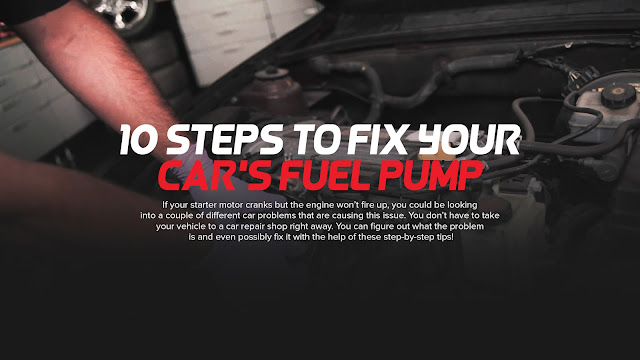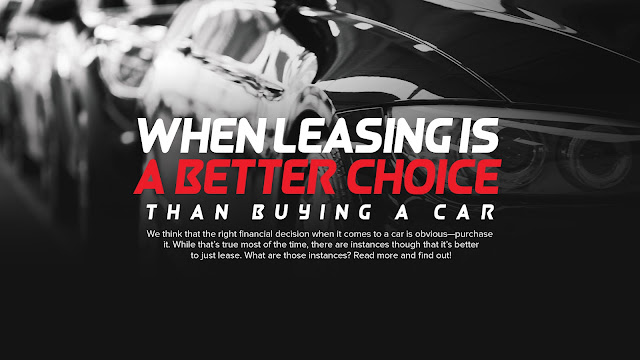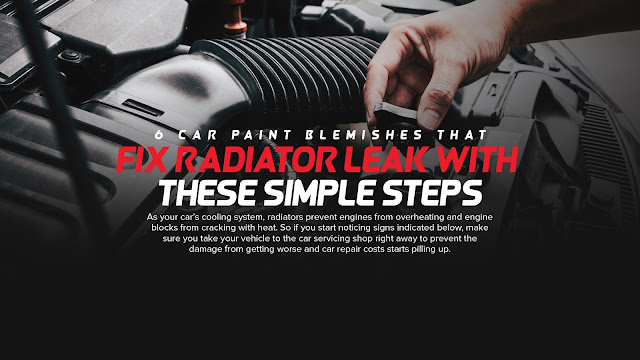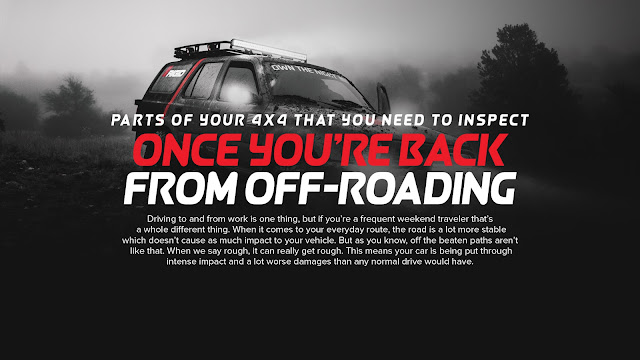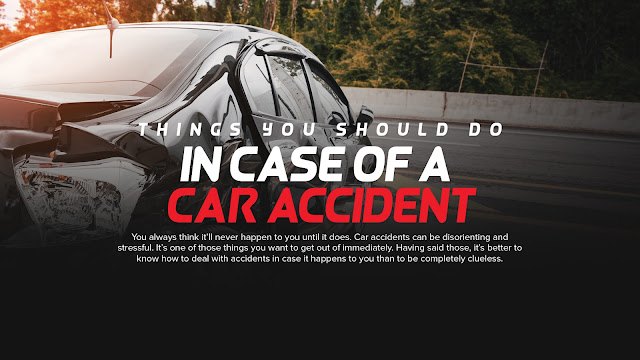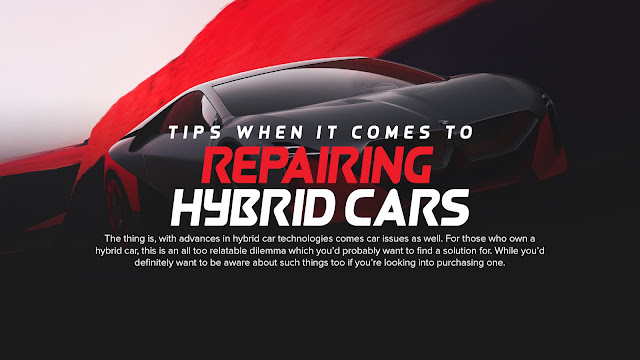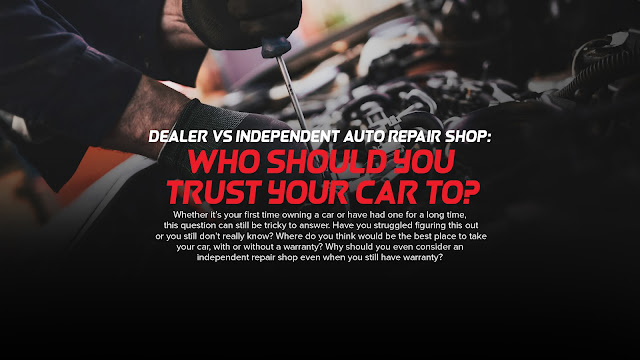"Unless someone like you cares a whole awful lot, nothing is going to get better. It's not"
- Dr. Seuss, "The Lorax"
What have you done to contribute to the betterment of the environment? Let's think of the things we do every day. Does it benefit our surroundings? Does it make us a better person? As we go on our daily lives, we unconsciously make decisions that leave an imprint on Mother Nature. Particularly, our car.
Car pollution remains one of the major causes of global warming. Cars and trucks produce carbon dioxide and other greenhouse gases. It is estimated that about seventy-five percent of carbon monoxide emissions come from cars. In urban areas, it contributes to about 50 to 90 percent of air pollution. That's really A LOT to think of. So what can we do to curb the air pollution statistic and live on a better planet?
Make Your Research
When buying a new vehicle, make your research first. Get the know more about the car you're planning to buy. Do not just settle for the good looks but look more than that, look for the things that meet beyond your eyes like its "green" features.
Become a Smart Buyer!
After making your research, apart from considering the style, size, and cost of your new vehicle, consider also its gas mileage and other green features to avoid high greenhouse gasses emission. Trust us, it will even save you a hell lot of money!
Observe Proper Driving Etiquette
Now you have a new car, the next thing you should do is to observe your driving etiquette. Why? Your driving behavior contributes to your GHG or greenhouses gasses emissions. Belligerent driving increases fuel consumption by 40 percent and speeding increases gas up to 23 percent. Can you just imagine how much you'll save if you just tone down your temper a little bit? And ... it's safer!
Know the Right Kind of Oil
We know how tempting it is to opt for the cheapest kind of oil when getting an oil change, but little do we know, the kind of oil you put inside your car greatly affects its performance and efficiency.
Switch to Renewable Fuels
Since we are now going green, why not give renewable fuels such as E85 and biodiesel a try? E85 contains 85 percent of ethanol and only 15 percent of gasoline, it is advisable for some vehicles. While for the Diesel vehicles, getting biodiesel is suitable for your vehicle. Biodiesel blends B5 which contains about 5 percent for biodiesel.
Practice Shifting Gears
Shifting gears also impacts your fuel consumption. As much as possible, try to keep your shifting smooth all the time.
Maintenance is Always-Always the Key!
Reduce your carbon dioxide footprint by regularly maintaining your vehicle's condition! Keeping your tires properly inflated alone already saves 4 percent of your fuel and fixing vital mechanical issues saves up to 40 percent! Now, that's a lot of saving!
Reuse: Save Money, Conserve the Earth!
When buying new parts for your vehicle, go for the remanufactured ones. Does it sound ironic? Well, remanufactured parts work perfectly just like the new ones. These parts are even less expensive and use less energy and raw materials are required to produce them.
Lastly, Make Your Car Recyclable
Don't just ditch out your car when it no longer works properly! Make money out of it by recycling its parts! Its spare parts can be sold to other car owners. Your old bumpers can be a new one for others. Backsplashes are ideal or kitchen and bathrooms while steel beams can be used in a new construction project. Turn your trash to a win-win situation!


